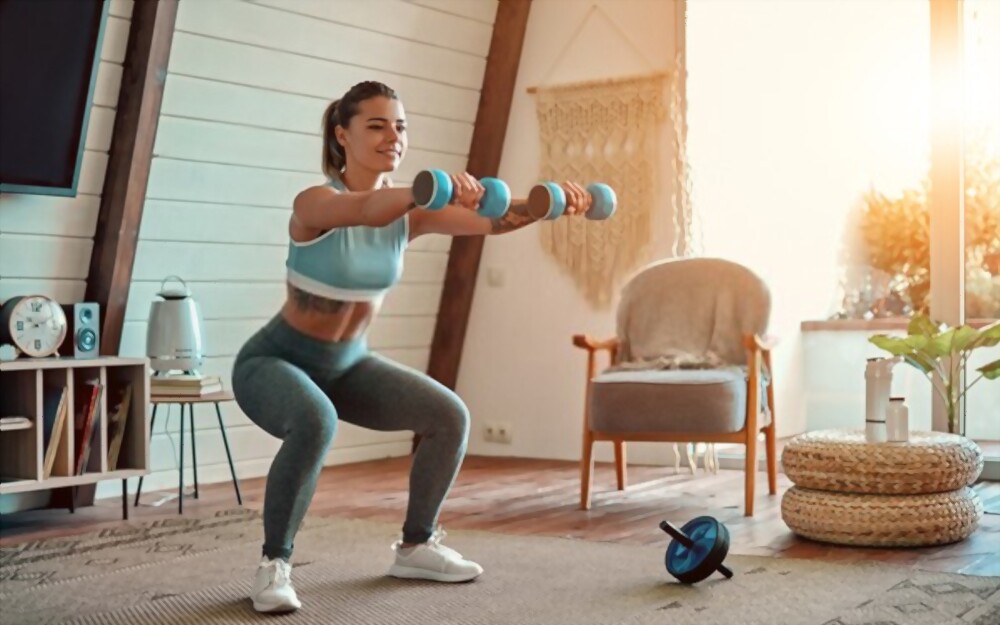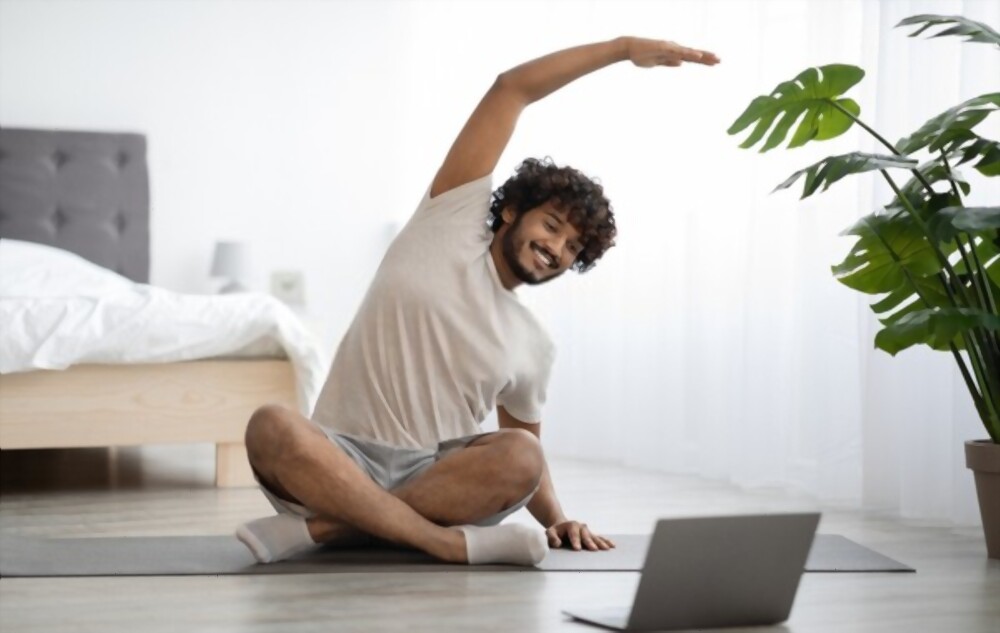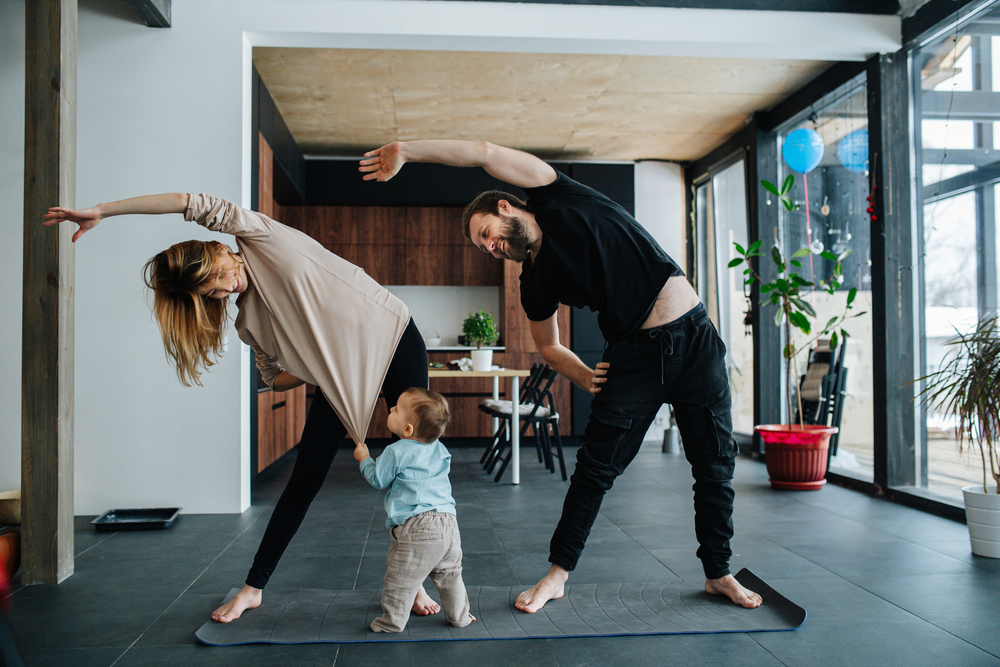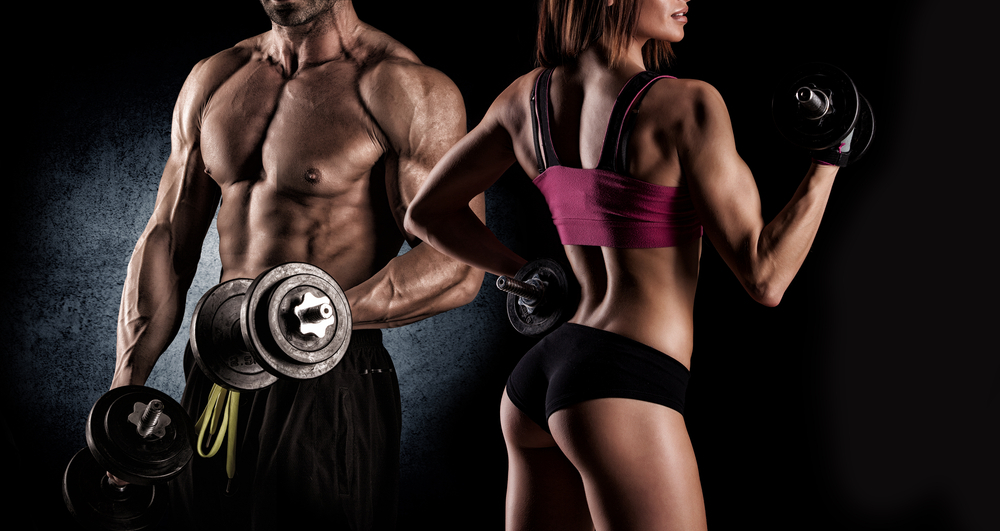6 Basic Yoga to Ease Back Pain
Yoga is an ancient practice for the body and mind which combines various physical postures, breathing techniques, and meditation. Yoga is believed to have originated in ancient times in India and can be traced back to over 5,000 years ago. It is said that Indian Monks spread their knowledge of yoga to the West during the late 1890s. There are six branches of yoga:
- Hatha Yoga
- Raja Yoga
- Karma Yoga
- Bhakti Yoga
- Jnana Yoga
- Tantra Yoga
Modern yoga focuses more on strength, concentration, breathing, and enhancing physical and mental well-being.
What Causes Back Pain?
People of any age can experience back pain. Living a sedentary lifestyle like continuous sitting while doing a desk job can lead to increased back pain over time. It can also result from injury or some medical conditions. A common suggestion by doctors to ease back pain is Yoga.
When your muscles are weak, even the simplest day-to-day activities like carrying a heavy object can cause back pain. It is also said that yoga not only treats back pain but also stress. Still, working on postures can provide the best results (1).
Let’s take a brief look into yoga that can ease back pain.
Effective Yoga for Back Pain
Bridge Pose
The bridge poses known as Setu Bandha Sarvangasana involves strengthening the legs and hips, massaging the spine, and opening the heart. This pose involves lying on your back with your knees bent, and legs and feet parallel. It may help relieve low back pain as it gently stretches the abdomen, chest, and shoulders. Begin by lying flat on your yoga mat. Gently lift your knees with the soles of your feet still on the ground. Extend your arms with your palms facing downwards. Apply pressure on your feet to lift your hips off the ground and tuck in your chin slightly towards your chest.
Cobra Pose
This is a backbend pose also known as Bhujangasana. This pose involves lying on your belly with your hands pressing down slightly and lifting your head and chest. This method is known to be suitable for someone living a sedentary life. To do this, place your palms flat on the ground directly under your shoulders, with your elbows aligned straight above the ground, and look straight down at your mat with your chest off the flow and neck in a neutral position. An essential tip is ensuring your pelvis and legs are firmly rooted to the floor as you lift your chest.
Downward-Facing Dog
Known as Adho mukha svanasana is often practiced in Surya Namaskar, the Salute to the Sun. This pose is a part of modern yoga; it stretches the hand, calf, and shoulder. It helps improve the core and circulation. Begin with your hands and knees on the ground, with your hands and shoulder distance apart, and knees below your stomach. Keep inhaling and exhaling in a continuous pattern as you hold the pose. Press your palms evenly and lift your knees off the ground. Raise your hip and lengthen the spinal cord.
Child’s Pose
The child’s pose also known as Balasana is a part of the modern yoga/exercise routine. This pose involves stretching the spine, thighs, hips, and ankles. It helps relieve tension in the lower back and boosts blood circulation to the brain. In the child’s pose, the torso rests on your thighs which in turn helps prevent bloating and promotes digestion. As simple as it looks, this pose provides a great stretch for your back and hips.
In this pose, sit down on your knees. Lean forward making sure your buttocks touch your heels while you place your forehead on the ground and your hands placed parallel to each other beside your head with both palms firmly fixed to the ground. Make sure to inhale and exhale slowly and deeply while holding the pose for a minimum of eight minutes.
Triangle Pose
The triangle pose also known as Trikonasana is a standing asana. Not only does it open the hips and shoulder, but it also stretches and lengthens the spine. This pose is known to activate the core which stimulates your organs, hence improving the metabolism of the body. This pose is best suited for people dealing with stress as it can help release the tension and helps attain a stable emotional state. Start by standing on your yoga mat with your legs 4 to 5 feet apart and your arms extended. Bend to the side making sure the right hand is touching the right leg and the other arm lifted in the air. Hold and repeat the process (2).
Making the right move
Before practicing yoga to cure back pain, make sure to consult your doctor to confirm whether it’s okay to begin a yoga program. In some cases, it may not be advisable to practice yoga. You should also perform these poses under the guidance of a yoga instructor, to prevent hurting your back. The instructor can also provide poses with necessary modifications to ensure you do it without causing too much strain on your back. Remember to always ask for help modifying a pose and stop anything uncomfortable.





Comments (0)